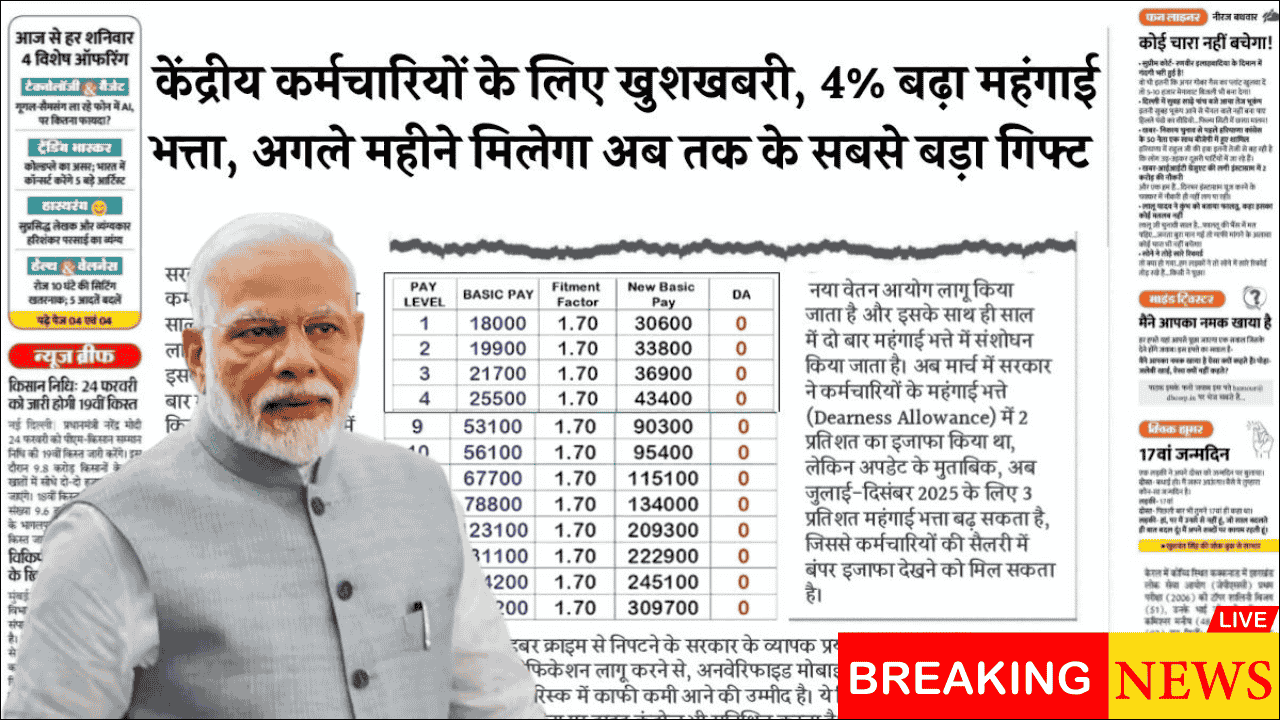
Bottom Line: The Reserve Bank of India (RBI) has introduced comprehensive reforms for bank lockers in 2025, mandating new agreements, enhanced security measures, clearer accountability standards, and improved customer protection with compensation up to 100 times annual rent for bank negligence.
Table of Contents
Revolutionary Banking Reforms
The Reserve Bank of India has unveiled transformative regulations that fundamentally reshape how bank lockers operate across the nation. These reforms represent more than administrative updates—they signal a comprehensive shift toward customer-centric banking with enhanced transparency and accountability.
For millions of Indians who rely on bank lockers to safeguard their most precious valuables, these new regulations bring both reassurance and responsibility. The changes address long-standing concerns about locker safety, customer rights, and bank obligations.
The regulatory overhaul demonstrates RBI’s commitment to modernizing India’s banking infrastructure. These reforms ensure that locker services meet contemporary security standards while providing clear legal frameworks for both customers and financial institutions.
Mandatory Agreement Revisions
All existing locker holders must now sign updated agreements with their respective banks. This requirement ensures both parties clearly understand their rights, duties, and obligations under the new regulatory framework.
Banks are legally obligated to provide comprehensive documentation and furnish signed agreement copies to customers. This transparency measure eliminates ambiguity and creates a solid foundation for future interactions.
Agreement Requirements
| Document Type | Bank Obligation | Customer Benefit |
|---|---|---|
| New Agreement | Mandatory provision | Clear terms understanding |
| Signed Copy | Must provide to customer | Legal protection |
| Documentation | Complete paperwork | Transparency assurance |
| Terms Clarification | Detailed explanation | Informed decision making |
The agreement revision process protects customers from unclear terms while ensuring banks maintain proper documentation standards for regulatory compliance.
Clear Usage Guidelines and Restrictions
The RBI has established definitive boundaries regarding permissible locker contents. These guidelines protect both customers and banks while ensuring lockers serve their intended purpose.
Permitted vs. Prohibited Items
| Allowed Items | Prohibited Items | Enforcement Reason |
|---|---|---|
| Jewelry and precious metals | Cash and currency | Money laundering prevention |
| Important documents | Weapons and firearms | Security and safety |
| Valuable collectibles | Hazardous materials | Risk mitigation |
| Family heirlooms | Illegal substances | Legal compliance |
These restrictions eliminate potential misuse while ensuring lockers remain secure environments for legitimate valuable storage. Banks now have clear authority to enforce these guidelines consistently.
Enhanced Bank Accountability Standards
Banks now face significantly increased liability for customer losses resulting from negligence, fraud, or security breaches. This accountability shift represents the most substantial change in locker regulations.
Compensation Framework
| Loss Cause | Bank Liability | Compensation Rate | Customer Protection |
|---|---|---|---|
| Bank Negligence | Full responsibility | 100x annual rent | Maximum coverage |
| Security Breach | Bank accountable | Substantial compensation | Enhanced protection |
| Fraud | Bank investigation required | Appropriate restitution | Fair resolution |
| System Failure | Bank responsibility | Proportional compensation | Customer assurance |
This compensation structure incentivizes banks to maintain exceptional security standards while providing customers with meaningful financial protection against institutional failures.
Advanced Security Infrastructure
Banks have implemented comprehensive security upgrades to comply with new regulations. These technological improvements create multi-layered protection systems for customer valuables.
Security Enhancement Details
| Security Feature | Implementation | Customer Benefit |
|---|---|---|
| CCTV Surveillance | 24/7 monitoring | Continuous protection |
| Biometric Access | Advanced authentication | Authorized access only |
| Regular Audits | Systematic security reviews | Proactive risk management |
| Access Controls | Restricted entry protocols | Enhanced safety measures |
These security measures work together to create an impenetrable environment that protects customer assets while providing peace of mind through visible, verifiable security protocols.
Improved Customer Communication
The 2025 regulations emphasize transparent communication between banks and locker customers. These improvements address historical complaints about unclear terms and slow grievance resolution.
Communication Enhancements:
- Simplified contract language for better understanding
- Faster grievance resolution procedures
- Regular security updates and notifications
- Clear escalation procedures for complaints
Banks must now maintain open communication channels that keep customers informed about security measures, policy changes, and any incidents affecting locker facilities.
Implementation Timeline and Customer Action
Existing locker holders should expect contact from their banks regarding agreement updates. The transition period allows sufficient time for documentation completion without disrupting access to stored valuables.
Customer Responsibilities
| Action Required | Timeline | Importance |
|---|---|---|
| Review new agreements | Upon bank contact | Legal protection |
| Update contact information | Immediate | Communication continuity |
| Comply with content guidelines | Ongoing | Regulatory compliance |
| Report security concerns | As needed | Facility improvement |
Customers who fail to complete required documentation may face access restrictions until compliance is achieved.
Long-term Benefits and Impact
These regulatory changes create a more secure, transparent, and customer-friendly locker ecosystem. Enhanced accountability standards ensure banks prioritize customer protection while improved security measures provide tangible safety improvements.
The compensation framework particularly benefits customers by creating financial incentives for banks to maintain exceptional security standards. This alignment of interests ensures continuous improvement in locker facility quality.
Future Improvements Expected:
- Digital access monitoring systems
- Enhanced customer service protocols
- Streamlined complaint resolution processes
- Regular security standard updates
Customer Protection Evolution
The 2025 regulations represent the most comprehensive customer protection enhancement in Indian banking history. By establishing clear accountability standards and robust compensation frameworks, these changes fundamentally improve the customer experience.
Banks can no longer operate locker facilities with minimal oversight or unclear responsibility. The new framework creates mutual accountability that benefits all stakeholders while ensuring valuable assets receive appropriate protection.
Conclusion
The RBI’s 2025 bank locker regulations mark a pivotal transformation in customer asset protection. These comprehensive changes address decades of customer concerns while establishing modern security and accountability standards.
For locker customers, these reforms provide enhanced protection, clearer rights, and stronger recourse options. Banks now operate under strict accountability measures that prioritize customer interests while maintaining operational efficiency.
The transformation extends beyond safety improvements to create smarter, more responsive locker services. As these regulations take effect, bank lockers evolve from simple storage facilities into sophisticated asset protection systems that meet contemporary customer expectations.
These changes represent RBI’s commitment to customer-centric banking that prioritizes protection, transparency, and accountability in all financial services.
Frequently Asked Questions
Q: Do I need to sign a new agreement even if I’ve had a locker for years?
A: Yes, all existing locker holders must sign updated agreements that comply with the new 2025 regulations.
Q: What compensation can I expect if the bank loses my locker contents due to negligence?
A: Banks must provide compensation up to 100 times your annual locker rent for losses caused by their negligence.
Q: Can I still store important family documents and jewelry in my bank locker?
A: Yes, valuable items like jewelry and important documents are permitted, but cash and weapons are strictly prohibited.
Q: What new security measures have banks implemented for locker facilities?
A: Banks now use CCTV surveillance, biometric access controls, regular security audits, and enhanced access protocols.








